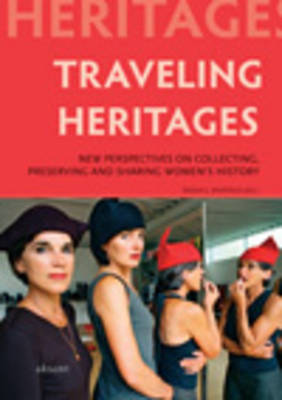Whose heritage do we collect and preserve, and how and why? Who has access to this information, and who does not? Archives and libraries are not free of biases and neither is writing history an objective process. The criteria used to collect heritage materials are changing continuously. In addition, the materials that are preserved for their historical value are increasingly available in digital form. In this volume, heritage preservation experts from the Netherlands and abroad discuss the current state of the field of heritage preservation with regard to women's history and the relationship between men and women The view that heritage preservation is a dynamic rather than a static activity is a crucial development. In this book, the contributors explore the goals and ambitions as well as the actual practice of what they have called 'traveling heritages'. Cultural heritage is not static but is influenced by developments in society. Cultural heritage is changed by how users interact with it. New forms of media offer different possibilities for ensuring that cultural heritage reflects the history and experience of all groups in society. The history of women and migrants is often absent in libraries and archives because these institutions usually focus their attention on collecting and preserving written materials, publications and photographs. Libraries and archives can reflect multicultural social realities by including personal histories from diverse perspectives in their collections. New interpretations of objects also contribute to creating a more contemporary vision about what constitutes cultural heritage.
- ISBN13 9789052602998
- Publish Date 10 March 2009
- Publish Status Inactive
- Out of Print 3 June 2013
- Publish Country NL
- Publisher Amsterdam University Press
- Imprint Aksant Academic Publishers
- Format Paperback
- Pages 307
- Language English
- URL http://aup.nl/index.php/catalogsearch/result/?q=9789052602998
